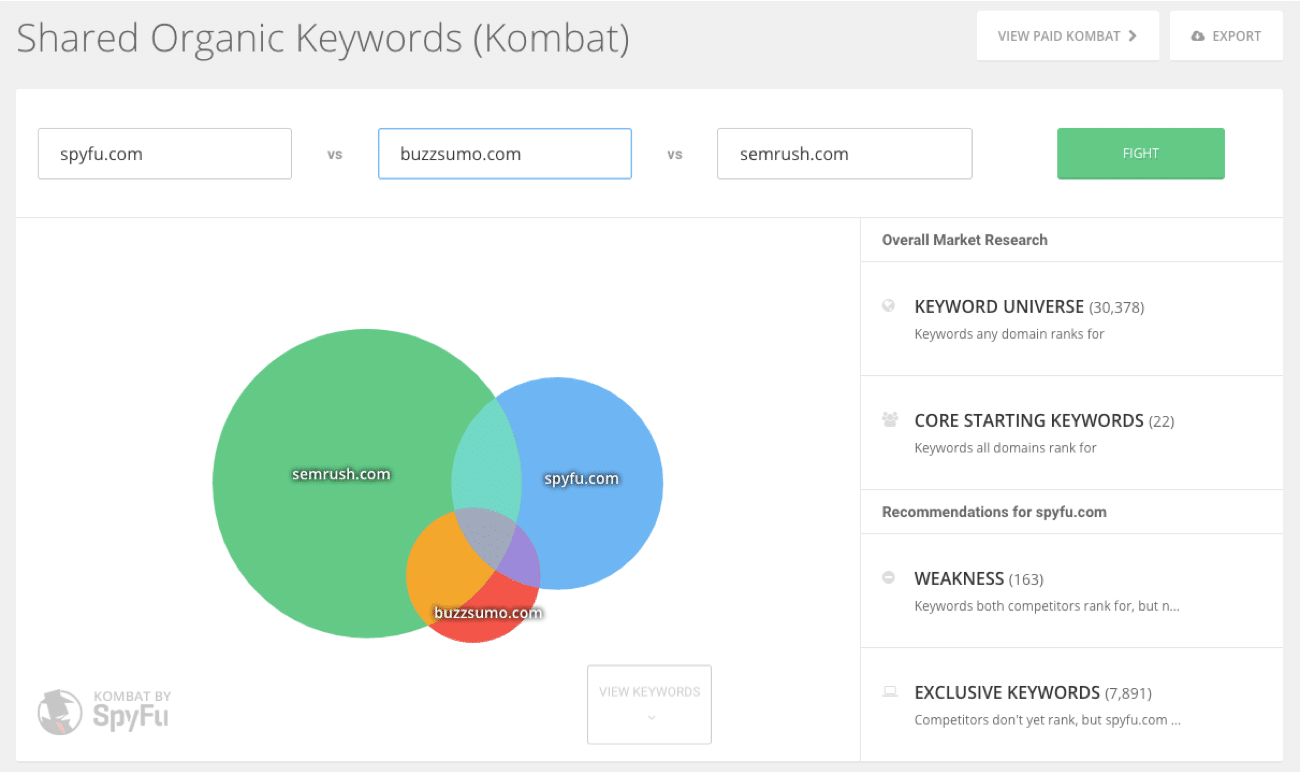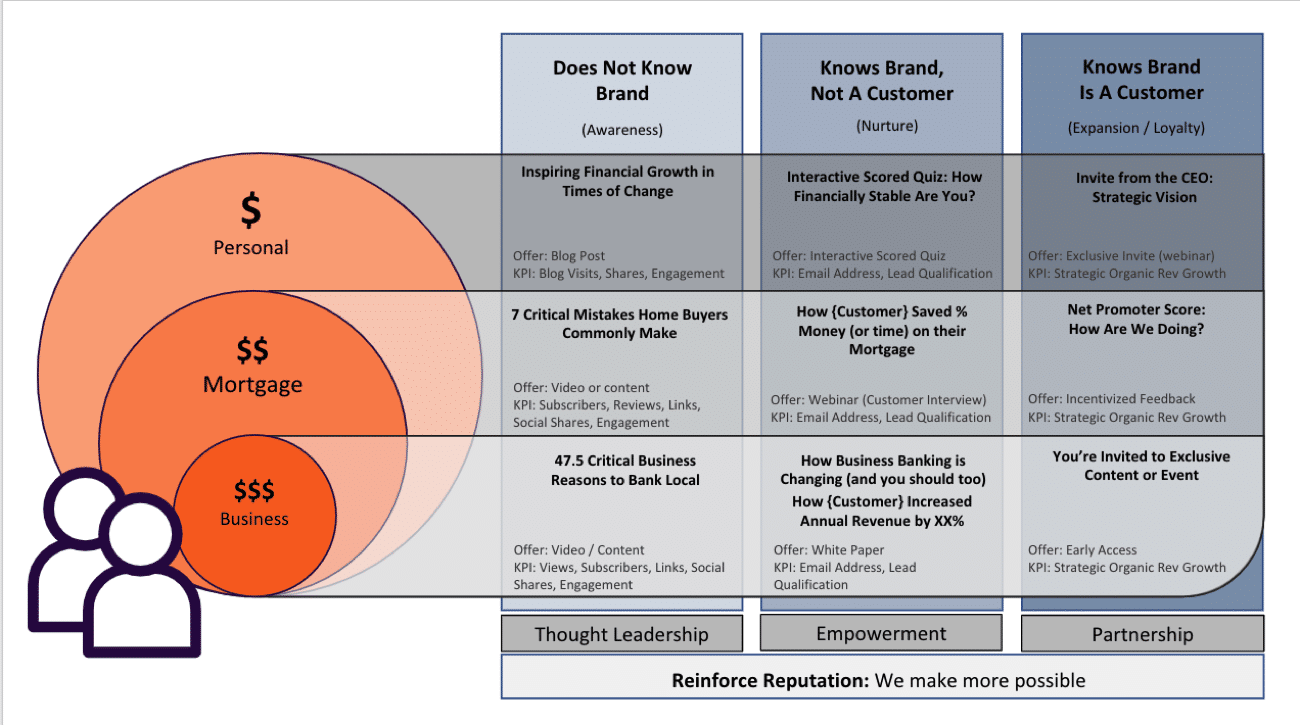I am fresh off an amazing opportunity speaking to smart marketers in Vermont’s idyllic wooded wonderland. With trees on my mind for that event, my content marketing workshop session used trees as the metaphor for great content strategies.
I love trees (not as much as I love birds, but still, trees are awesome possum). Trees produce oxygen, absorb carbon dioxide emissions, and are a catalyst for fighting climate change. In addition, research has shown they can communicate with one another to warn fellow trees of threats over decades. Research shows that adding one tree to an open field can increase bird biodiversity by up to 80% (giddy-up birds).
Like trees, content marketing requires strong roots (research), a healthy trunk (strategy & website), and plenty of sunlight (paid investment, audiences, website development) to achieve a desired outcome.
We’ll break this discussion into two sequential blog posts. In this installment, we’ll have some fun connecting beautiful trees with great content – showing how science and art combine to inform strategy. In the second installment, we’ll apply more science to help make content that can flourish and endure (akin to a California Redwood).
Let’s start at the roots of our content “tree.”
Content Marketing Roots: Research
Research is vital to any website and content strategy. Numerous powerful tools on the market can provide deep insight across critical aspects of content: Keyword research, competitive research, who’s talking about your brand, what are they saying, and when are they saying it. For the purpose of this discussion, we’ll focus on two examples of the many competitive intel tools on the marketplace.
SpyFu:
With so many tools available to deconstruct competitive strategies, none are perfect and used universally. One tool we use to deconstruct competitive strategy is SpyFu. SpyFu is particularly interesting because it has a capability devoted solely to competitive intel.
SpyFu data can provide quick, deep insight. It’s easy to see the number of paid / organic keywords, how many keywords top competitors also rank for, percentage of traffic from paid versus organic, Google Ads history, ranking history, highlighted ad copy, and much more.
SpyFu Kombat allows marketers to dig deep into competitive analysis. A venn diagram of overlapping keywords quickly distills keyword market share across three competing websites, keywords that all domains rank for, keywords exclusive to individual sites, and the keywords both competitors rank for, but your site does not.
Ahrefs:
Another example of a powerful competitive intel tool is Ahrefs, boasting data topping 3 billion keywords across 100 countries. The tool provides local and global search volume, which can be used to compare against search volumes viewed in Google’s keyword planner.
Ahrefs provides a clear breakdown of paid versus organic traffic, challenges with a given keyword, and an estimated number of backlinks required to compete (shown in image below).
Scrolling down the Ahrefs overview page, marketers can get info quickly on the parent topic – traffic potential, volume, and additional suggestions to expand keywords within the same topic.
Neither data source is perfect nor should be viewed as the gospel, but using both together (or combined with Spyfu) can provide a more comprehensive narrative of potentiality desired keyword targets.
Here’s a novel idea: Your research can include simply asking the audience (or ethically eavesdrop on them) to discover what people are talking about. One-on-one conversations with stakeholders can create a powerful foundation for effective messaging and storytelling. It’s not rocket science:
- Interview internal stakeholders: Whether product development, sales, marketing or others, talk to all internal stakeholders to understand the challenges a product or service actually solves. Dig in with questions like: “How does that affect the client’s challenge?” “How difficult is that challenge?” and “What happens to the business or individual if it’s not solved?”
- Discover the emotional connection between product/service and the customer, because emotion makes the story resonate.
- Interview clients: Sometimes this can be a “hard look in the mirror” moment for brands. They expect your product or service to meet their needs, and they won’t be shy about telling the truth – good or bad.
- Internal site search: With your newfound knowledge of customer needs, analyze current content inventory. Heavy focus on features and functionality without context to audience pain points can be a useful canary in the coal mine, warning you the content is likely falling short of audience needs. Products solve real-world problems. Make those solutions the cornerstones of a content strategy.
- Ethical eavesdropping: Listening tools, such as Sysomos, Meltwater or others uncover who is talking about the brand – and where they are talking. Observe the words, phrases, and hashtags in play. Create word clouds based on tweets, social posts or other content arenas. Visualizing key terms in such a manner helps you tap the language that matters most.
Trunk: Website and Strategy
Content is the core of everything in your communication channels. The output itself is typically the visible component of the effort. Behind-the-scenes contributors (designers, developers, editors, optimizers) are often overlooked. Understand the importance of their role in the process.
Communication in the digital landscape is often disparate and consumed in short soundbites, particularly in social. In addition, only a small portion of your audiences will likely receive your message, particularly if you skimped on audience research to understand where people hang out online. Message consistency is essential to cut through the noise and deliver content that resonates with audiences.
Enticing audiences to consume content is only part of the engagement. Eyeballs are great, but an effective content program needs actionable engagement – a click to the site, a like of the ad, or even better, a share.
With content at the center of all website efforts, every team member in an organization is a stakeholder to some degree. The paid search team wants content that includes a call-to-action aligned with the targeted audience to push prospects down the conversion path. A compelling message journey – even a short one – leads to the conversion.
On the organic side, strategists expect content to have sound crawlability and answer questions users type into the search bar. Everything comes down to data, such as page engagement, word count, keyword density, time on page, pages per session, take rate. Lead gen campaigns will mature faster when optimizers and creators alike align on how data informs planning and measurement.
It’s important that organic content dovetails with paid. Message consistency, words and phrases used, searchability, relevance – a cohesive content strategy grows from well-thought, audience-focused storytelling and problem solving.
Deep content, such as blogs, contributed articles, videos and other media should be priorities in an integrated content program. Ensure you are saying the same things in the right tone and length, based on channel, audience needs, and desired outcomes.
Branches: Amplification
Great content takes time. Countless hours are invested crafting content. Once the work is done, eager marketers too often expect the tree to immediately grow into a glorious redwood and all of the world will come visit it and stare at it in wonder. Unfortunately, in many instances, nobody shows up. Now it’s a tree, alone in a prairie.
Without amplification, content may continue to be isolated and unnoticed.
Content amplification is not a singular strategy. Running videos in Facebook to targeted audiences to generate awareness or build lists for a retargeting campaign – that’s amplification. Paid search campaigns that drive leads directly to Salesforce team via ebook downloads – content amplification. Running a display campaign to folks who visited two pages within your site – content amplification. EVERYTHING done to drive people to the content is amplification.
Content amplification puts the control in marketers’ hands – allowing choice of when and where people see the content. Also, amplification provides the opportunity to shape how people view the content you’ve worked so hard to deliver.
Here are a few quick and easy tools to keep in your amplification toolbox:
- Facebook Ads
- Buzz Sumo
- News release services (PR Newswire, Businesswire, GlobeNewswire, PRWeb)
- Buffer
- Hootsuite
Here are some key considerations when deciding on channels and strategies for posting content:
- Facebook: While it’s true Facebook organic is generally all but dead for brands, it is important to post to ensure audiences know someone is home. Real success on Facebook requires ad investment on top off a basic organic presence.
- Share 2x – 3x per week at minimum, but daily at a maximum.
- Think mobile first (lion’s share of audience is using Facebook on a mobile device).
- Video works very well (both audiences and Facebook’s algorithm respond well to video content).
- Respond to messages quickly.
- Twitter:
- Tweet daily, or multiple times per day (exceptions can be made, but try not to exceed 5x per day). It is possible to oversaturate the channel and/or hit a point of diminishing returns on tweets.
- Include photos / videos to boost engagement rates.
- Analyze engagement, then tweet during times that tend to secure retweets (may be during business hours if your audience is engaged in the 9 – 5, or could be after hours if your audience is watching TV shows while tweeting).
- Utilize lists. With a little research, you can find lists that help you source new followers.
- Respond to tweets quickly (in real time if possible).
- Pinterest:
- Pin daily (1 – 3x per day).
- Pin highly visual imagery.
- Post images of your products, how-to information, blog headlines, etc.
- Use paid search or SEO research to inform your keyword strategy.
- Instagram:
- Post images 3 – 5x per week.
- Create visually appealing imagery. Consider Insta Stories showing behind-the-scenes work.
- Craft a hashtag strategy to support acquisition.
- LinkedIn
- Post 1- 2x per week.
- Use content about your business and industry, case studies, tips, and business experiences.
- Get involved in LinkedIn Groups.
Each tool in that amplification toolbox has a different purpose and their own areas of strength and weakness. Start working with them and understand how each tool can be put to best use for your organization.
Leaves: Creative & Messaging
Leaves are what people really notice about a tree. They can attract the eye. They have a definitive lifecycle.
Promoting your content – what the audience sees – across different channels to different audiences can be hard work for content marketers. Messaging can quickly become disparate and miss the point of your overarching strategy. Engagement, conversion, and purchase are dependent on trust. Customers who do not trust you will not engage more deeply with you or buy from you. Consistent messaging increases:
- Brand recognition
- Perception of brand dependability
- Trust
Before deciding where to publish, consider the various stages of the audience you are targeting:
- Awareness: Make sure your audience knows who you are and what you do. Focus on channels that reach a broader audience and drive increased frequency (paid social, PR, organic, video, influencer marketing).
- Consideration: Choose channels that generate clicks to the site (paid social, paid search, ebooks, reports, how-to’s).
- Decision: Select channels and tactics that align your audience with your sales team or result in online conversion / purchase (paid search, retargeting, email, physical events etc).
Coming up in the second installment of this timber-inspired discussion about great content, we’ll call in a tree doctor to examine our content tree to see how to make it an enduring mark on the landscape.















